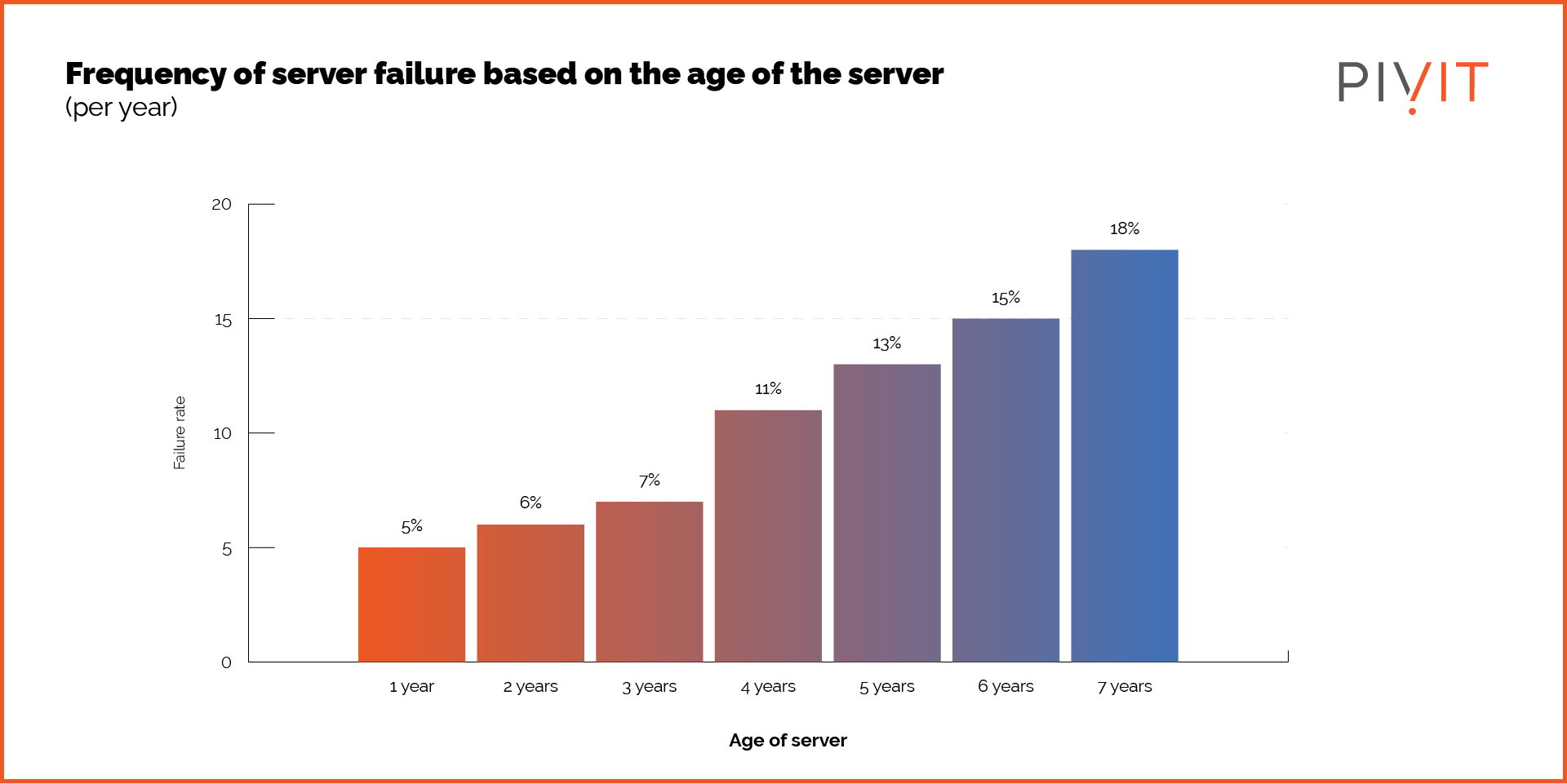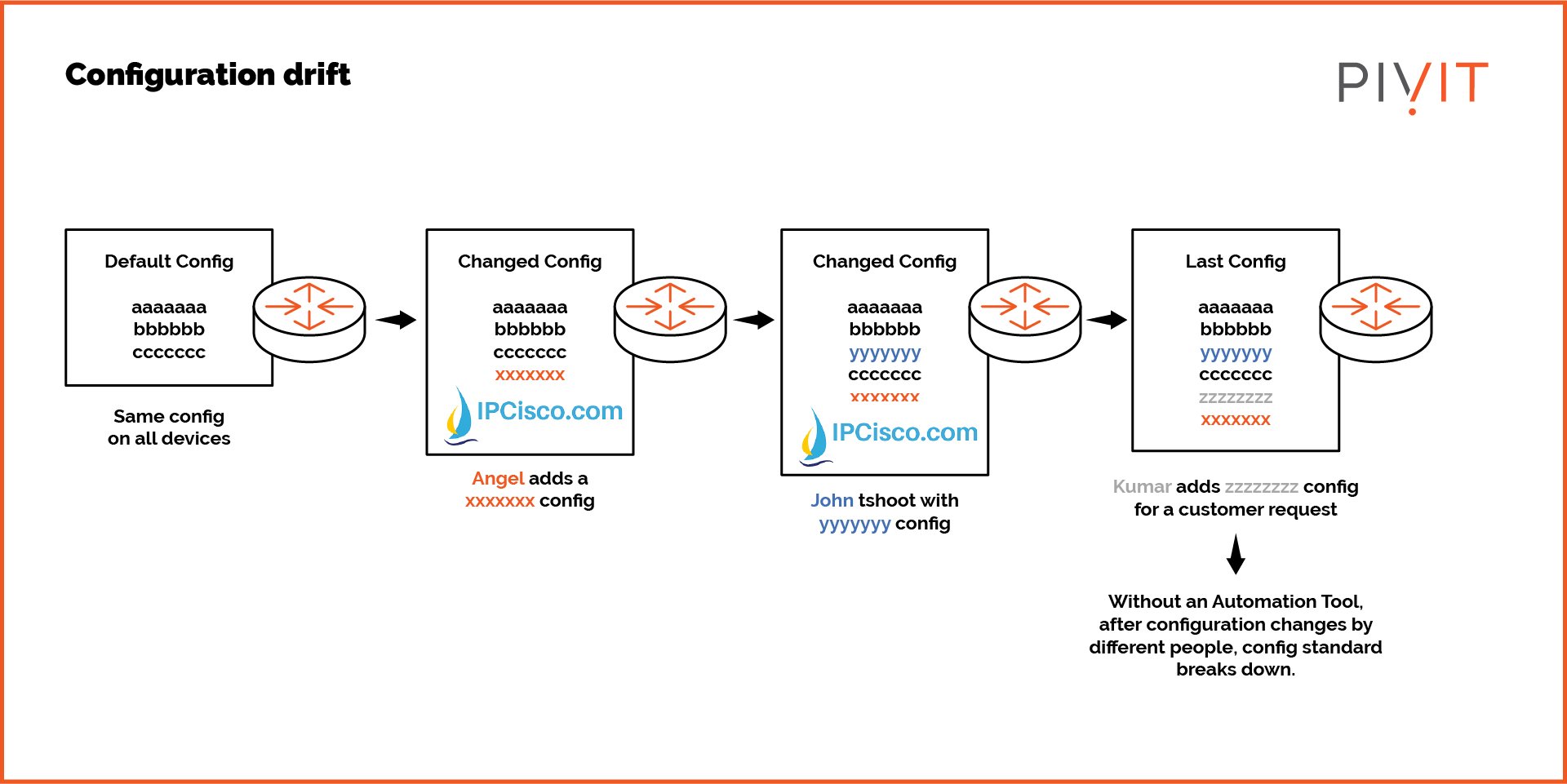5 Network Maintenance Challenges — And How to Tackle Them
%20Five%20Network%20Maintenance%20Challenges.png)
Your enterprise’s network requires regular maintenance. From managing the inventory of assets to keeping records of configuration changes, admins and network engineers are responsible for various maintenance tasks that keep the network running smoothly.
But network maintenance isn’t without its fair share of challenges. A poorly maintained network runs the risk of outage, which can be debilitating and expensive for large enterprises. According to an analysis by Solarwinds, unplanned downtime can cost $9,000 a minute for large enterprises.
In this article, we will discuss the following:
- The five most commonly faced challenges with network maintenance.
- The best practices that ensure the network is up and running.
- The best practices that ensure the network is performing its best.
Not the article you were looking for today? Try these out:
- Here’s Why Transparency Matters for Third-Party Network Maintenance
- Why Network Maintenance Is Crucial During Natural Disasters
- Why, When and How You Should Put Your Devices on a Maintenance Plan
What Does Network Maintenance Entail?
Network maintenance is a broad term that can encompass a variety of network-related tasks. It’s different from network management and monitoring, but there are a few overlaps. All network maintenance activities aim to ensure the network is up.
Network maintenance may include configuration management, fault detection, security management, upgrades and refreshes, installations, and audits.
The various tasks related to maintenance can be structured or event-driven. The former are your regular scheduled tasks that essentially take a proactive approach. Events or incidents trigger the latter.
The network administrators typically oversee network maintenance responsibilities. The duties may be distributed in large enterprises with on-premise data centers and off-site network branches.
Here’s what network maintenance typically involves:
- Hardware/software installation.
- Software updates.
- Configuration.
- Troubleshooting network issues.
- Maintaining an inventory of assets.
- Security audits.
- Creating and updating network documentation.
5 Common Network Maintenance Challenges
Maintaining a network can seem like a mundane endeavor, but it’s crucial for the overall health of the network and its uptime. Any setbacks in the maintenance can result in a domino effect of repercussions that every part of the organization will feel.
Here are the most common five challenges enterprises face with maintaining their network:
Aging Hardware
The equipment in your network has a temporary life. As hardware ages, it may show signs of slow performance or failure. While the obvious solution may seem like a refresh, only some organizations have the budget to replace hardware every few years.
Maintaining aging hardware becomes even more crucial because these devices may be more likely to fail than new ones. Things get further complicated when support from the manufacturer stops.

(Data source: Statista)
This problem can quickly be addressed with a third-party maintenance (TPM) provider. A third party can maintain legacy equipment without a maintenance contract from its manufacturer. This ensures that should the equipment develop issues, it’s backed by support from professionals who can fix or replace it to ensure the network is up and available.
Software Updates and Security Patches
Software is a significant component of network infrastructure. From management suites to firmware for individual devices, the software ensures things run as they should. This software receives regular updates, including critical security patches. But, installing updates can be challenging when you have many tools in place.
Missing updates can take a toll on performance. More importantly, updates for security need to be applied immediately to ensure hackers don’t exploit any vulnerabilities.
A standardized process should be in place to manage network software and firmware updates. Automation is the best solution, ensuring patches or updates are applied when the vendor releases them. Your network’s operating system or management suite can offer this function.
Performance Optimization
Part of the maintenance is overseeing the performance of the network. A slump in communication and data transfer between devices can negatively impact productivity and quality of service. This also comes under network monitoring.
Making efforts to optimize network speeds continuously ensures that your enterprise is getting the best out of its investments in networking technology. Admins should run regular checks on data transfer speeds to detect and resolve any bottlenecks before they become more apparent and affect the overall network performance.
Investing in network monitoring and analytics tools can help admins improve performance and detect minor issues before they get big.
Configuration Drift
Another significant challenge in network maintenance is managing configuration changes. Enterprise networks today are incredibly complex, with various appliances, each requiring its own configuration. In multi-vendor environments, configuration becomes even more complicated.

(Data source: IPCisco)
Such a scenario risks configuration drift, which can result in security vulnerabilities, resource wastage, or worse, downtime.
Configuration changes may be required frequently and must be managed through a well-defined, preferably automated process. In other words, network managers or admins must keep track of configuration changes and document them.
Version-controlling systems can help manage configuration files. Should there be any errors, configuration settings for the affected device can be reverted. Similarly, creating baselines for configuration should provide teams with an understanding of what the state of the network needs to be.
Furthermore, configuration changes should be rigorously tested to detect issues before they go into effect.
Human Errors
You’d be surprised how many data breaches in 2023 were caused as a result of human errors – a whopping 74 percent, as per Verizon’s Data Breach Investigations Report.
This is a serious issue in the world of networking, as something as simple as a compromised user account can cause havoc for network security. Similarly, human errors in configuration, as discussed above, or other maintenance tasks, such as inventory or updates, can cause more significant, expensive problems.
Training for new and existing staff on good security and access practices is necessary to deal with this issue head-on. Besides the personnel that manage the network, users should also receive adequate training for maintaining network security.
Creating a Well-Maintained, Resilient Network
Network maintenance is vital for security and resiliency, not to mention excellent performance. Network managers should define and delegate the different maintenance tasks within the team while also adopting tools that automate regular, more straightforward tasks.
Hardware maintenance forms the backbone of network maintenance, as without the equipment running, the network wouldn’t run as it should. A TPM provider like PivIT’s OneCall can help bridge the maintenance gap between new and legacy equipment.
The Sparing Integrity Program includes a guaranteed hardware replacement. That means that we have your spare, dedicated to you, in excellent condition, when you need it.
Don't get bogged down or stuck in the loophole of spending thousands of dollars on complicated maintenance contracts, with coverage tailored to your networks and confidence knowing when something happens, your spares will be there.
Learn why many clients trust OneCall and have saved thousands by maintaining hardware beyond its service life.
